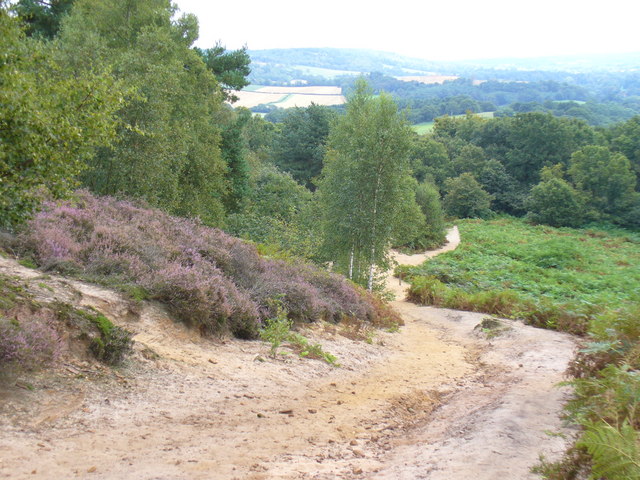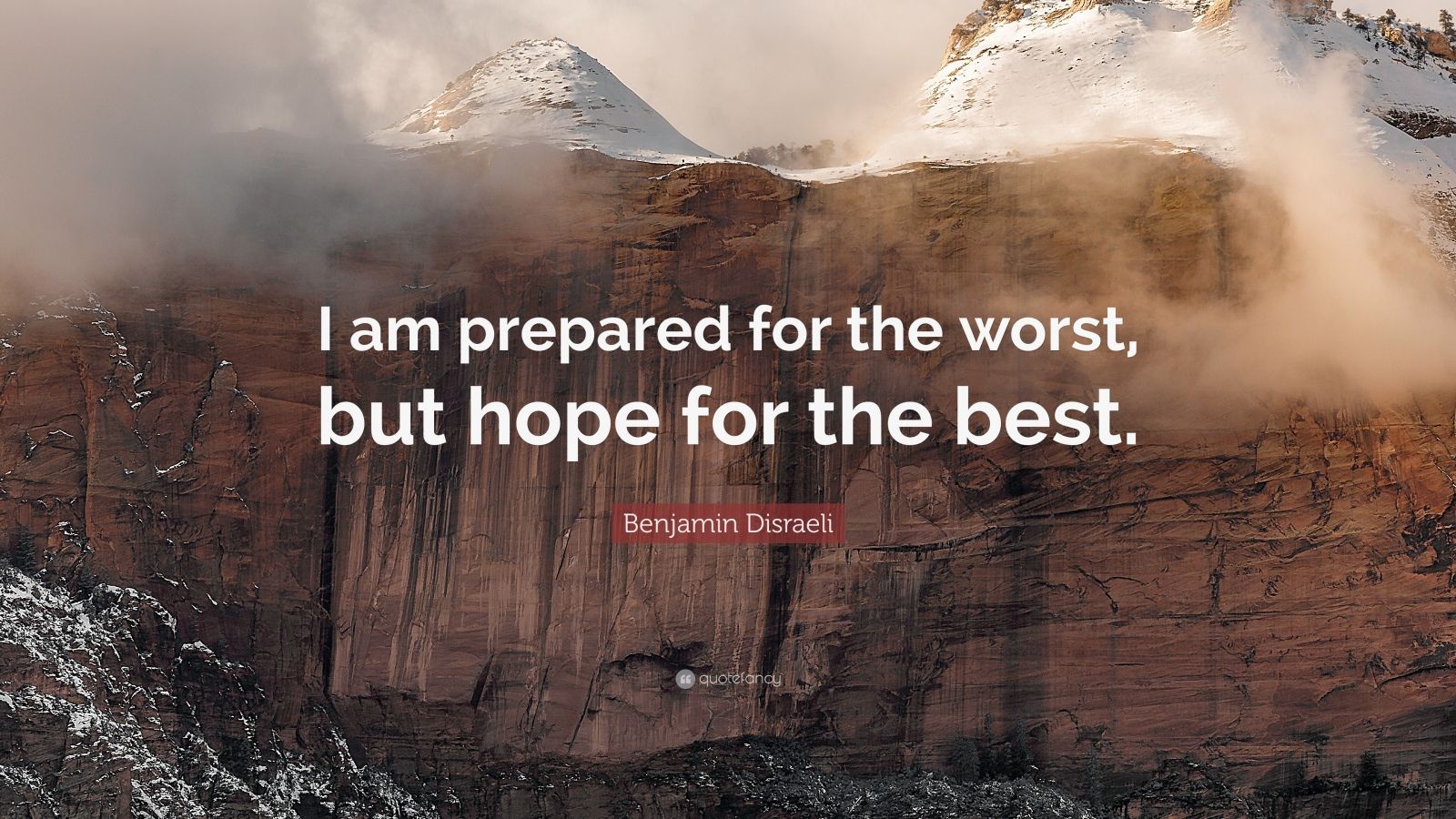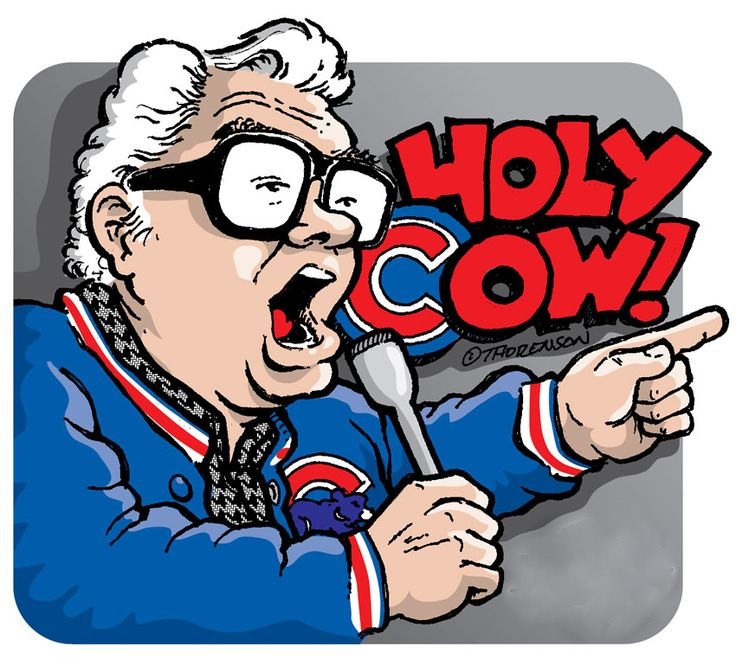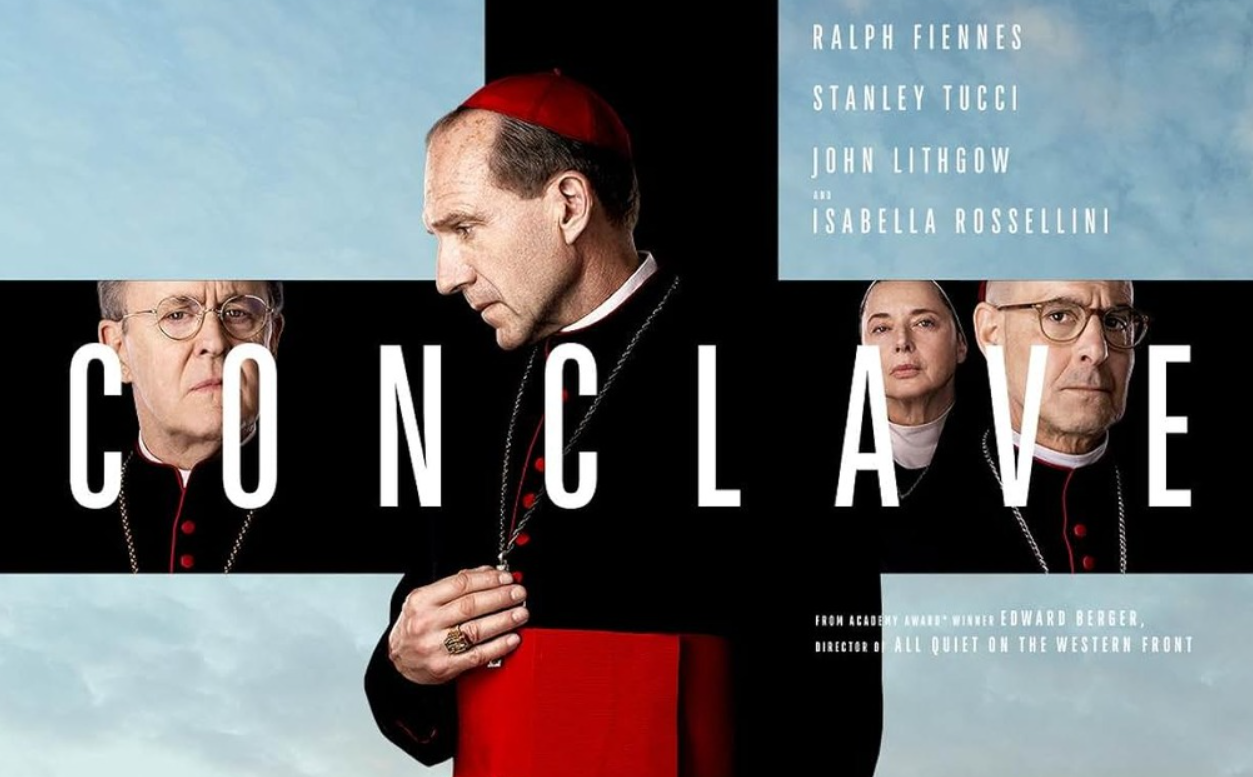* * * *

* * * *
Welcome to the “Georgia Wasp…”
This blog is modeled on the Carolina Israelite. That was an old-time newspaper – more like a personal newsletter – written and published by Harry Golden. Back in the 1950s, people called Harry a “voice of sanity amid the braying of jackals.” (For his work on the Israelite.)
That’s now my goal as well. To be a “voice of sanity amid the braying of jackals.”
For more on the blog-name connection, see the notes below.
In the meantime:
Recently I went back and checked out a post from February 2017, “Meet Bizarro Trump?” (And boy was that a weird experience.) To do that I had to enter “bizarro trump” in the search box above right, but for some reason that search also brought up an earlier 2017 post, from August 24, Training for the Camino. As in training for my first Camino hike in 2017, which led to five more in the years since then? (And BTW: I define a Camino hike as one where “at the end of each day you look forward to a warm bed, hot shower and a cold beer.”)
In this post I’ll review both memories from 2017. One was very pleasant to remember and one – “Eh, not so much.” And by the way, this August 2025 I’ll be doing my seventh Camino hike. This one is better known as the Canterbury Trail, but officially it’s the Pilgrims’ Way. I’ll hike 133 miles from Winchester in England “to the shrine of Thomas Becket at Canterbury in Kent.”
Getting back to Bizarro Trump, the allusion is to Bizarro Superman. But trying to see which is which is way more complicated than I could ever imagine. Mostly because it’s increasingly difficult these days to tell which version of ‘the Donald‘ is more weird: Bizarro or the real thing.
So which is the real “Donald,” and which is the “Bizarro Trump?”
You could call this a new “Bizarro parlor game.” The goal is to come up with whatever crazy responses, arguments and comments that may pop into your mind. And which were – or are – the complete opposite of what the real Donald would say. That’s getting harder and harder to figure out these days, but there is one thing Bizarro Trump could do: Blame everything wrong in this country on right-wing conservatives. That would be the bizarro opposite of 70 years of hard-line conservatives blaming liberals for everything bad in this country. Bizarro Trump would simply say “No, every conservative cause is based on a lie, all assassins are conservatives, and conservatives are assaulting America!”
You could say all this hubbub started in 1947, the year conservatives started blaming liberals for everything bad in this country. (That trend would continue in the election of 1950 and beyond.) That is, in 1950 “Tricky Dick” Nixon accused his opponent in the California Senate race of being “pink right down to her underwear.” His suggestion that his opponent “sympathized with the Soviet Union” referred to Helen Gahagan Douglas. As Wikipedia noted, Nixon implied that Douglas was a Communist “fellow traveler.” The end result? Nixon won the election with more than 59 percent of the vote, and Gahagan Douglas’ political career came to an end.
Which seems especially ironic given the results of the 2016 presidential election, when hard-line conservatives seemed to say it was fine if the Russians affected election results, so long as their candidate won. And a historical note: Douglas “in return, popularized a nickname for Nixon which became one of the most enduring nicknames in American politics: “Tricky Dick.”)
Anyway, the idea for this Bizarro Trump came when I remembered an old Seinfeld TV episode, The Bizarro Jerry. The Seinfeld episode in turn referred to the earlier twin concepts of both the Bizarro Superman and the Bizarro World, as described in by DC Comics.
Bizarro is depicted as having all the abilities of Superman, although these traits are reversed, such as[:] “freeze vision” instead of heat vision[;] “flame breath” instead of freeze breath[; and] “vacuum breath” instead of super breath…
Like I said, it’s harder and harder these days to tell which version of the Donald is stranger. But one thing we know, the reverse-trait Bizarro Trump would be the very model of moderation, cooperation and compromise. But I supposed that isn’t going to happen any time soon.
Turning to the second half of this post, and Training for the Camino: In 2017 we hiked the Camino Frances, in my case from Pamplona to Santiago. But this August we’ll be hiking in England, meaning I should be able to understand most of what the locals are saying. Still, some things stay the same. The boatload of paperwork. Booking your air line flight. Getting travel insurance. Getting your pack ready, and making sure it weighs no more than 10% of your body weight. In 2017 that was 16 pounds. These days it should be 15 pounds – or less, on a good day – but starting on the 2023 hike I opted for 20 pounds. (Still, I may cut back some this year.)
As to getting ready to hit the trail itself, the hardest part is still getting your feet ready. But over the years I’ve changed methods. For example, here’s what I wrote before the 2017 Camino:
I’ve been hiking 12 or more miles a day, once a week, for the last several months. And making sure my feet are in good enough shape the next morning to hike another five or six hours. And for the past several weeks I’ve been doing my weekly hikes on the Pine Mountain Trail, near F.D. Roosevelt State Park, near Warm Springs, GA.
That was the last time I hiked the Pine Mountain Trail to get ready for a Camino.
Over the years I’ve come to realize you can’t train to hike six or eight hours a day – not counting breaks – unless you put in the time to hike six or eight hours a day. (Back home you have way too many other things to do, which is why finally starting a Camino hike is relaxing. Your days are focused and life becomes simple.) Over the years I developed more time-efficient ways. By early 2023 I’d taken to time-efficient practice-hikes with ten pounds of ankle weight. Then – usually in July and August before heading over – I add a 20-pound weight vest. That all made quite a difference; on the 2023 GR 70 hike in France I only got one small left-foot blister, first day out. But it healed up overnight, and I had no more blister problems the rest of the 150 miles.
Compare that with my first Camino in 2017. On that 450 miles – from Pamplona – I developed blisters over blisters. By the end of our 30 days – 28 hiking – the soles of my feet had developed a thick-callus layer of hide that didn’t peel off completely until months later. (Like when “we of a certain age” got sunburned as kids, before they developed all those fancy sunscreens? And days later peeling off that dead skin?) Which led to my routine at the end of each 2017 hiking day. I’d put my pack up at the foot of the bed, then flop down on the bed and prop my feet up on top of the pack. (So blood could flow back from my swollen feet.) Then I’d tell my brother – my hiking companion at the time – to go ahead and take his shower first. Each day’s end was agony.
For more on the upcoming hike see A mid-May “Recon,” then on to Canterbury, and Next up – Hiking the Canterbury Trail. But now it’s time for a practice hike at the nearby Ridge Nature Area, complete with 10 pounds of ankle weights. Then, since we’ll be hiking in August instead of September, I’ll start lugging the 20-pound weight vest in July. Here’s to Happy Hiking!
* * * *

* * * *
The upper image is courtesy of Bizarro Superman – Image Results. The original post – I tweaked it on February 26, 2025 – had a lead image fromkotobukiya created a statue that the bizarro version of jerry seinfeld would totally get on board with … dailydead.com: “Standing eight inches tall, this Bizarro anti-Superman statue is based on DC Comics’ New 52 version of the popular villain and will be released in November [2016].” (Which is actually kind of appropriate…)
Re: Camino hikes since 2017. The French Way that year, from Pamplona to Santiago, the Portuguese Camino in 2019, hiking over the Pyrenees to Burgos in 2021 (the part I missed in 2017), the Way of St. Francis in 2022, the Robert Louis Stevenson Trail in France, in 2023, and the Camino Finisterre and Camino Ingles in 2024.
“133 miles.” See Pilgrims’ Way Stages: Winchester to Canterbury | One Step Then Another.
The GR 70 is better known to us as the Robert Louis Stevenson Trail. (Check Wikipedia for more.)
Re: “My brother – my hiking companion at the time.” I now have two hiking companions, starting with the 2019 Portuguese Camino, after his wife retired from the IRS.
The lower image is courtesy of Pilgrims’ Way – Wikipedia. Caption: “In the Middle Ages the pilgrims’ route left the ancient trackway to climb St Martha’s Hill.” According to Google Maps, “St Martha’s Hill – Guildford Lane Car Park, Guildford Ln, Albury,” is some 40 miles from Winchester and 77-78 miles to “Canterbury Cathedral, Cathedral House, 11 The Precincts, Canterbury CT1 2EH, United Kingdom.” (Assuming I got the right hill.)
* * * *
Re: The Israelite. Harry Golden grew up in the Jewish ghetto of New York City, but eventually moved to Charlotte, North Carolina. Thus the “Carolina Israelite.” I on the other hand am a “classic 73-year-old “WASP” – White Anglo-Saxon Protestant – and live in north Georgia. Thus the “Georgia Wasp.”
Anyway, in North Carolina Harry wrote and published the “israelite” from the 1940s through the 1960s. He was a “cigar-smoking, bourbon-loving raconteur.” (He told good stories.) That also means if he was around today, the “Israelite would be done as a blog.” But what made Harry special was his positive outlook on life. As he got older but didn’t turn sour, like many do today. He still got a kick out of life. For more on the blog-name connection, see “Wasp” and/or The blog.
* * * *

















